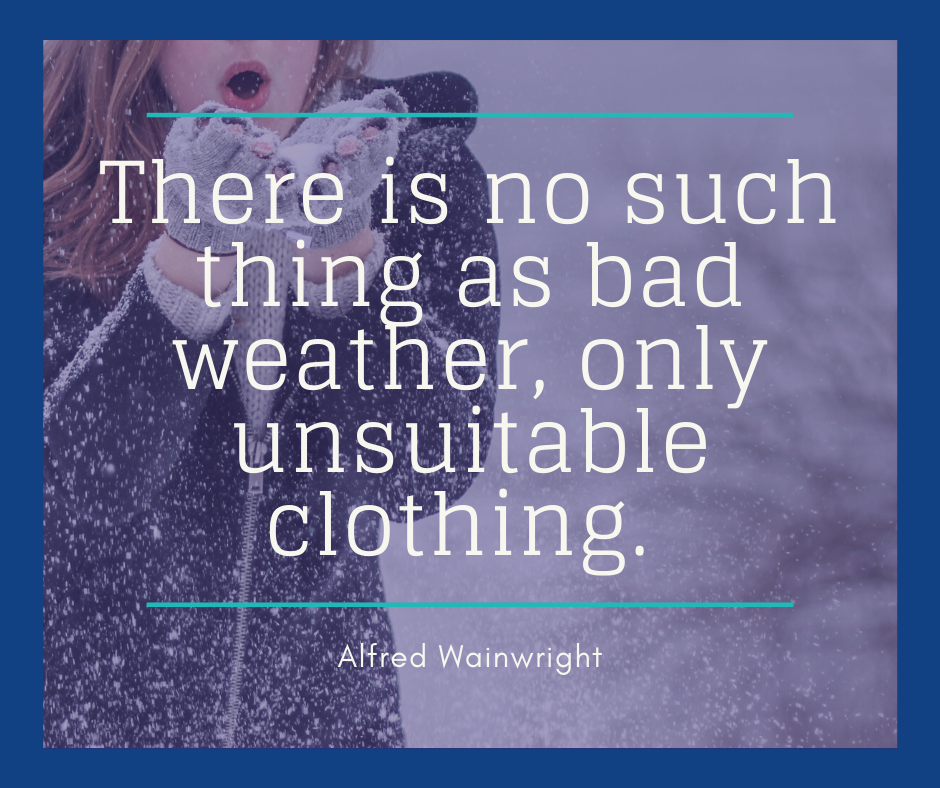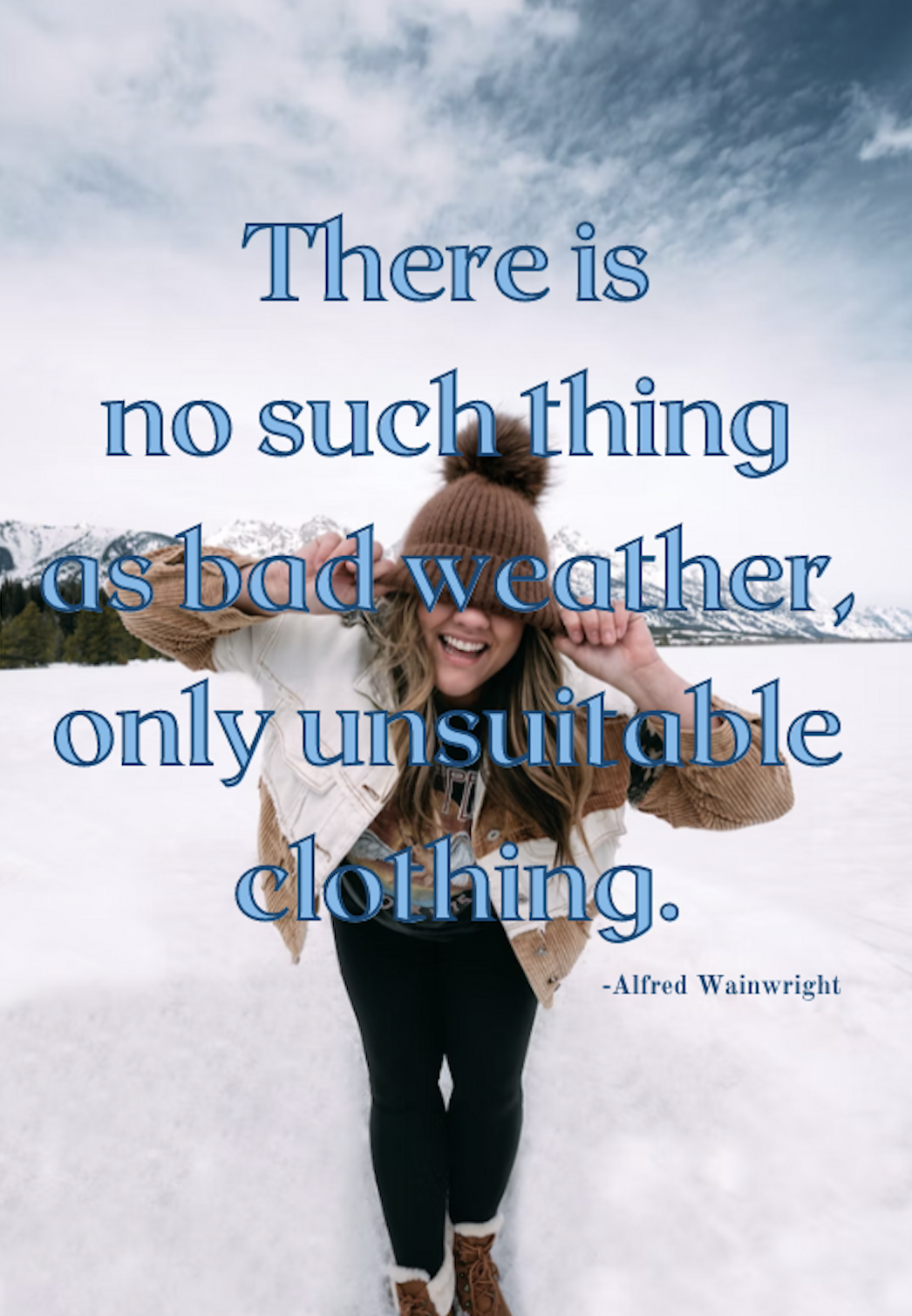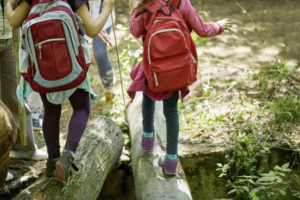We created a blog post in October called Preparing for Cold Weather, with some general tips on layering and the kind of things you can wear to stay warm. I encourage you to check that out and then come back here for specific suggestions for clothing items.
Even though I have lived through very cold winters my entire life, I still get cold very easily. So, I can understand how difficult it is for many of you from warmer climates to get motivated to go outside when the temperatures drop below 10°C. But winter is just beginning and staying at home too much can lead to homesickness and depression. There are a few warm pieces of clothing you can get that can make all the difference.
Thermal Underwear Sets
Thermal Underwear sets are long-sleeve shirts and pants that are meant to be worn under other clothes to add warmth. This is a simple place to start. You can search “thermal underwear set”. Here are examples for men and women.
Under Skirts and Dresses
Do you wish to wear a dress or skirt during the winter months? The secret is fleece-lined tights. They are actually warmer than a pair of jeans or any other typical pants.
You can find these on Amazon and many other online retailers. Here are the search terms to use: “fleece lined tights” or “thermal tights”. They come in solid black and some other colors, as well as some styles that look like sheer tights or bare legs, depending on your skin tone.
Here is one example that comes in a variety of skin tones and colors. When searching be aware that not all fleece-lined tights are as thick and warm. Look for pairs with lining like these below.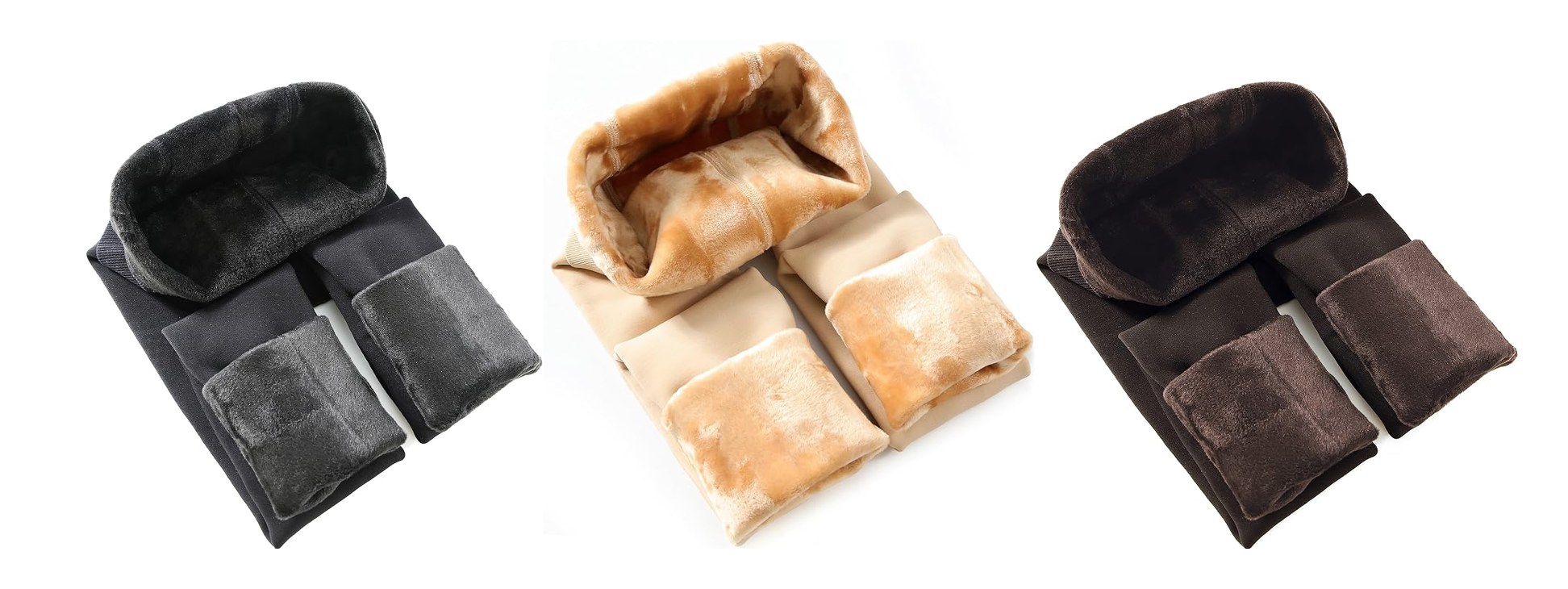
Under Jeans and Pants
You can also buy less expensive pairs of nylon leggings and tights to wear under other pairs of pants (especially distressed-style jeans with rips!). They are not as warm as the fleece-lined tights but they are snug enough to fit easily under other pants and combined with jeans or pants they keep you pretty warm. The more tightly woven the fabric the warmer it will normally keep you. Cotton is not as warm as nylon and polyester fabrics.
You probably already have some of these you were wearing by themselves. Try them under a pair of jeans and see how much warmer you feel. Here is one example, but you can find these at many clothing retailers.
Under Shirts & Sweaters
Just adding a simple long-sleeved T-shirt under another shirt will add warmth. You can get long-sleeved T-shirts inexpensively at places like Walmart. But there are also warmer long-sleeve shirts that are made to provide additional warmth under shirts and sweaters. Here are the search terms to use: “Long sleeve thermal top” or “Long sleeve fleece lined top”.
Here is one example that comes in several basic colors. But, remember you’ll be covering this up with other shirts, so you can probably get away with just buying a simple black, gray, or white shirt that will go with everything.
Hats, Gloves, & Scarves
Even if you have the rest of your body dressed warmly, if you leave your head, neck, or hands uncovered or minimally covered you will still feel cold. You can get all of these items at local stores and online. Again look for tightly woven fabrics as they keep you warmer and let in less chill from the wind. Here is a basic set on Amazon.
 Thermal Socks & Boots
Thermal Socks & Boots
You can find thermal socks that will keep your feet very warm. Here is one example. Winter boots can provide warmth and many styles are waterproof. These can be purchased online, at local stores, and at thrift stores (resell used items for a discounted cost). If you are wearing warm boots, you may only need to buy a fluffy/thick pair of socks that you can get inexpensively at lots of local retailers and online.
Jackets, Coats, Snow Pants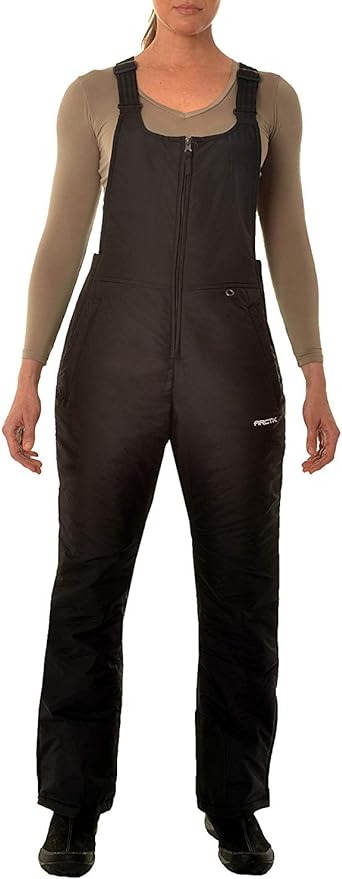
It goes without saying that you will need to wear a warm jacket or coat over your clothes throughout the winter. These can be purchased online, at local stores, and at thrift stores (resell used items for a discounted cost).
If you will be outside in snow or very cold temperatures for an extended time, you can also purchase snow pants or snow bib overalls. They go over other pants and are both insulated and waterproof. Here are some examples for men and women.
Note: We are including links to help you see examples and not recommending any one retailer or brand over another and this is not a sponsored post.








